Taiwan – Koxinga, the national hero of Taiwan
Tainan was for centuries the capital of Taiwan. 400 years ago, there was a change of dynasty in China. Koxinga, affiliated with the Mings, took refuge there with the idea of reconquering China. Ironically, the same situation would occur after World War II.
H
e is enthroned in the middle of the room, with two of his guards at his side. All around him is calm and silence. There is almost a heavy, almost heavy atmosphere here. And for good reason, there are no people in the temple, in this month of August and in the middle of the day.
“The irony of Taiwan’s history is that the situation that the island is currently experiencing is not a first. Tanguy Le Pesant, a French teacher and lecturer at National Central University in Jhongli, explains how Koxinga has become an important part of Taiwan’s history. “The last of the generals to pledge allegiance to the Ming Dynasty, Koxinga knew that he was about to lose to the Qing, who had been in power in China since 1644. Everything happens between 1644 and 1662, after the loss of power of the Ming to the benefit of the new Manchu dynasty of the Qing, these having seized almost the totality of the empire of the middle of the time. “Having no choice, Koxinga had to retreat to Taiwan, then known as Formosa” he continues to tell. But Taiwan is not a virgin island: the Dutch and their Dutch East India Company have occupied Formosa – only a small part of it – for more than 38 years to trade, the majority of the island being in the hands of local tribes, often dangerous and cannibalistic.
“He managed to defeat the Dutch in Tainan, after almost a year of siege of Fort Zelanda and with the help of 25,000 men. He abandoned the last cities of the Fujian province and moved to Taiwan, with the idea of reconquering China”, he said with a slight touch of irony. Almost 300 years later, the same story is repeated between Nationalist and Communist, with all the repercussions that we know for Taiwan until today.
Koxinga, from simple merchant …
Koxinga, whose real name was Zheng Chenggong (鄭成功), was born in 1624 in Hirado, Japan to a Chinese father, a pirate and merchant, and a Japanese mother. At the age of seven, he was sent to China, to the Imperial University of Nanking to receive Confucian education in order to pass the imperial examination. Like his father, Koxinga also became a merchant. During the Ming Dynasty, pirates and private traders had a stranglehold on the waters and foreign trade in China. Indeed, the Ming Empire was withdrawing into itself, due to a neo-Confucian bureaucracy that did not look favorably on trade, a policy of tribute and the development of the so-called “self-sufficiency” of peasants and soldiers. So it is the pirates who profit from the inefficiency of the state. With the arrival of the new Qing dynasty in 1644, the pirates and merchants feared for their monopoly, especially since the Manchus were not considered “Han”, that is to say “Chinese”. It is mainly the princes of the south of China who will oppose this new dynasty, but during the first ten years of fight, they lose ground. As time went by, the new dynasty advanced towards the south. Even Koxinga’s father resigned himself and accepted the rule of the Qing emperor.
Koxinga remained one of the last defenders of the Ming and had no choice but to retreat to Formosa, even if for a while he managed to get to Nanjing by counterattacking. The battle in Tainan against the Dutch was hard to reconquer Taiwan. After their surrender, Koxinga founded the Kingdom of Tungning (東寧王國). He wants to take advantage of the lull to strengthen his army and later fight the Qing on the mainland and put the Ming Dynasty back in power. But Koxinga fell ill and died only a few months after conquering Taiwan.
… to national hero and deity.
“Koxinga has since become a hero for his military exploits and his unwavering loyalty to the Ming, and then a deity in many Asian countries, especially Taiwan,” Tanguy adds. Many streets in Taiwan bear his name in Chinese. Also, one of the most prestigious universities on the island is called the National Cheng Kung (a variant of pinyin for the romanization of Chinese). Koxinga introduced modern agriculture and a modern political system to Taiwan, and most importantly, drove out the Dutch invaders. “He is often associated in Taiwan with the idea of the island’s independence, which still plays an important role in Taiwan’s foreign policy today,” he concludes.
Today, there is no one in the temple. Only the janitor is there to watch and clean. It is hot in Tainan in August, but the little breeze coming from the sea is a blessing. The only man who can shade Koxinga in Tainan is Chiang Kai Chek. Walking through the city, one realizes how much Koxinga is honored, and how much it has marked the history of the small island that dreams (perhaps) to be one day independent, with a better outcome than the Kingdom of Tungning.
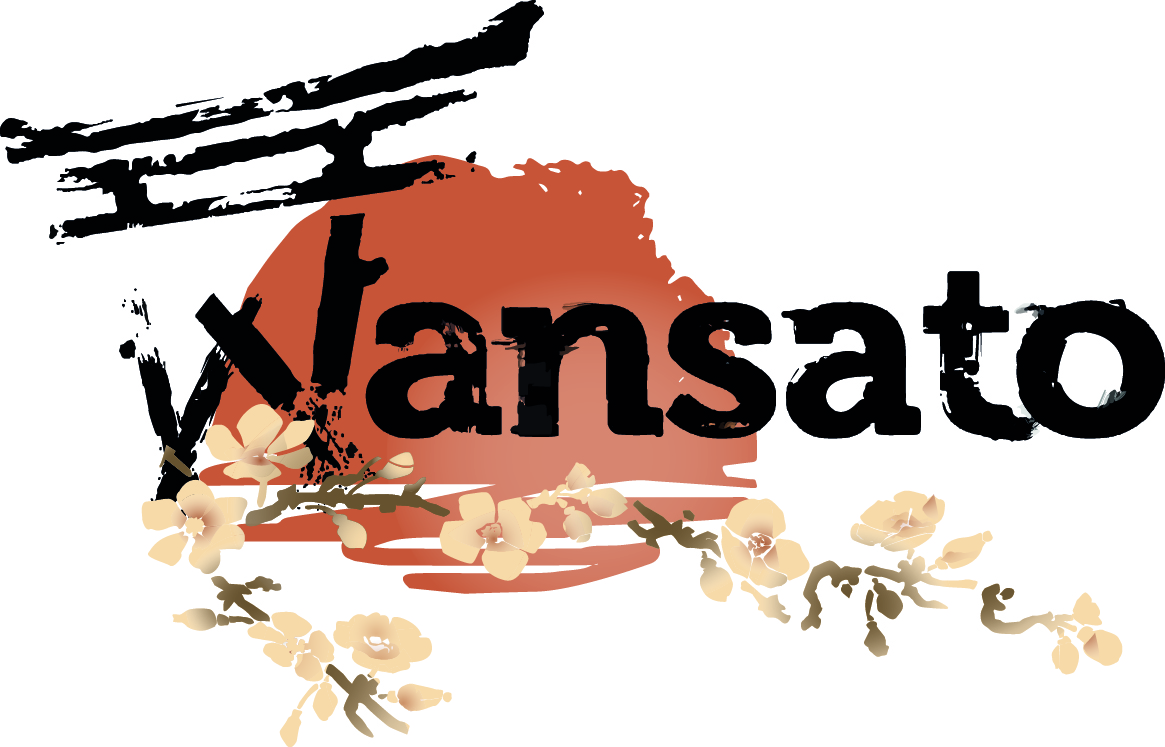
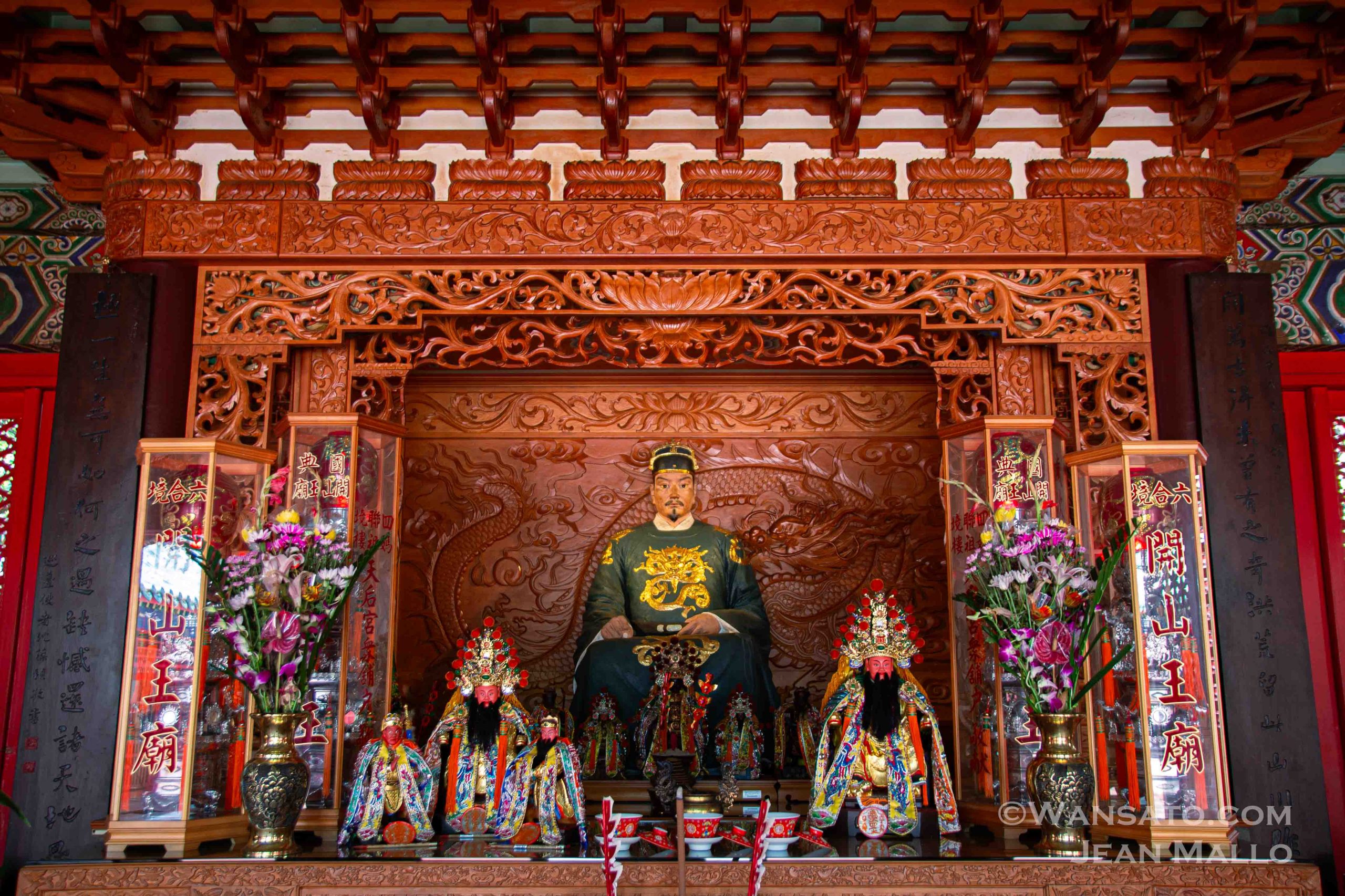
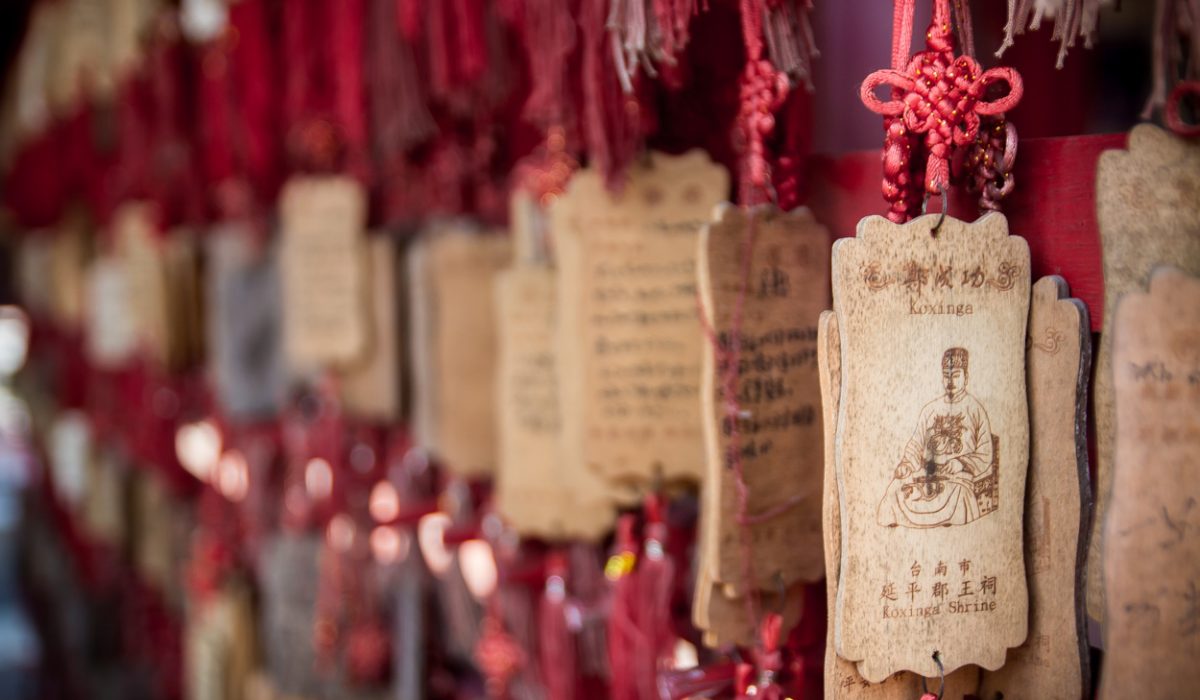

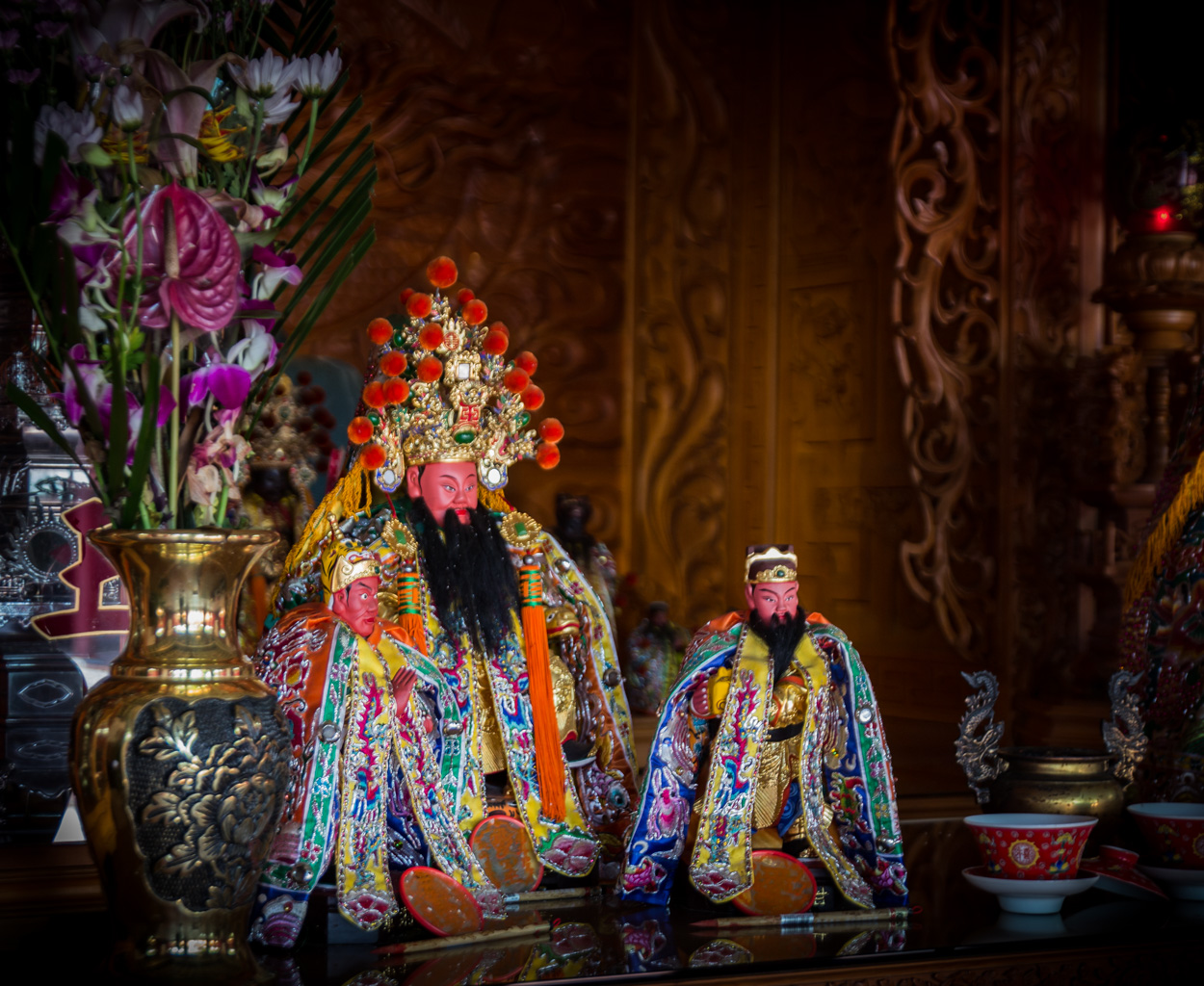

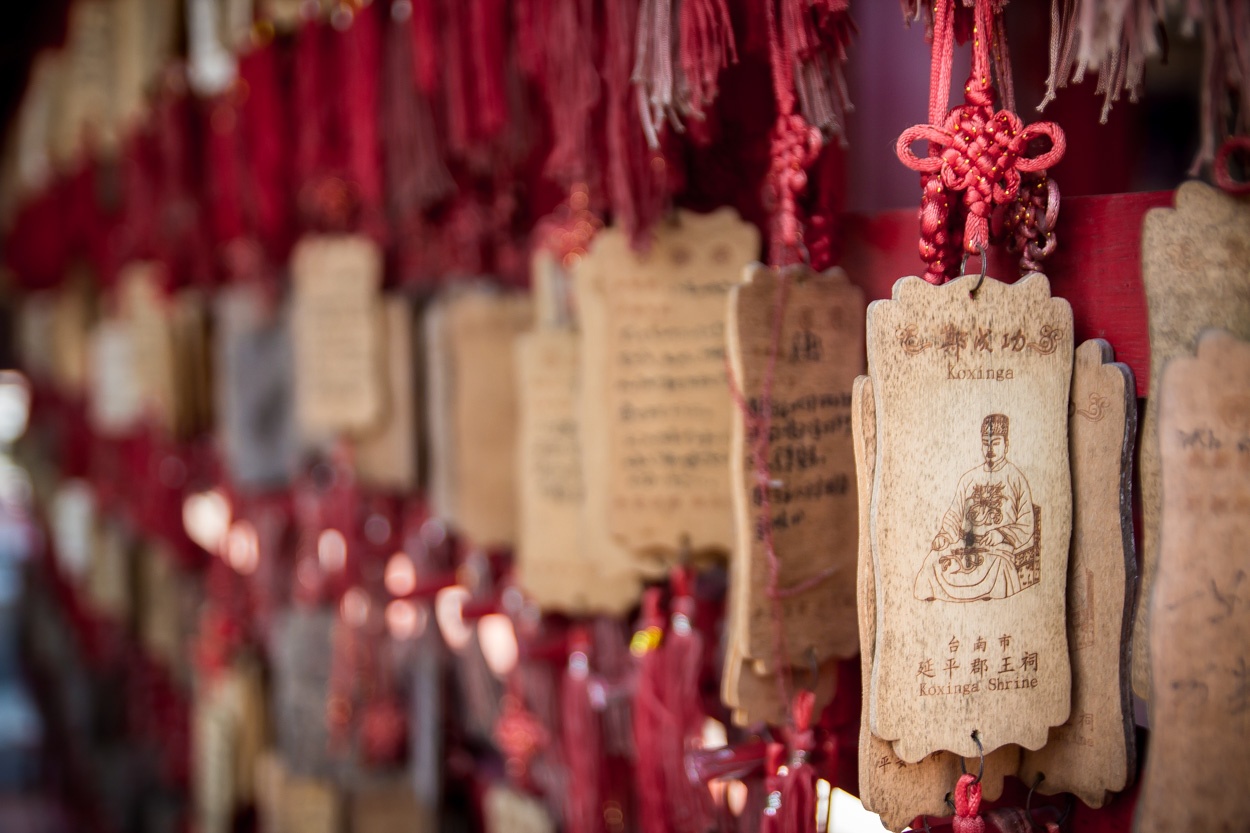
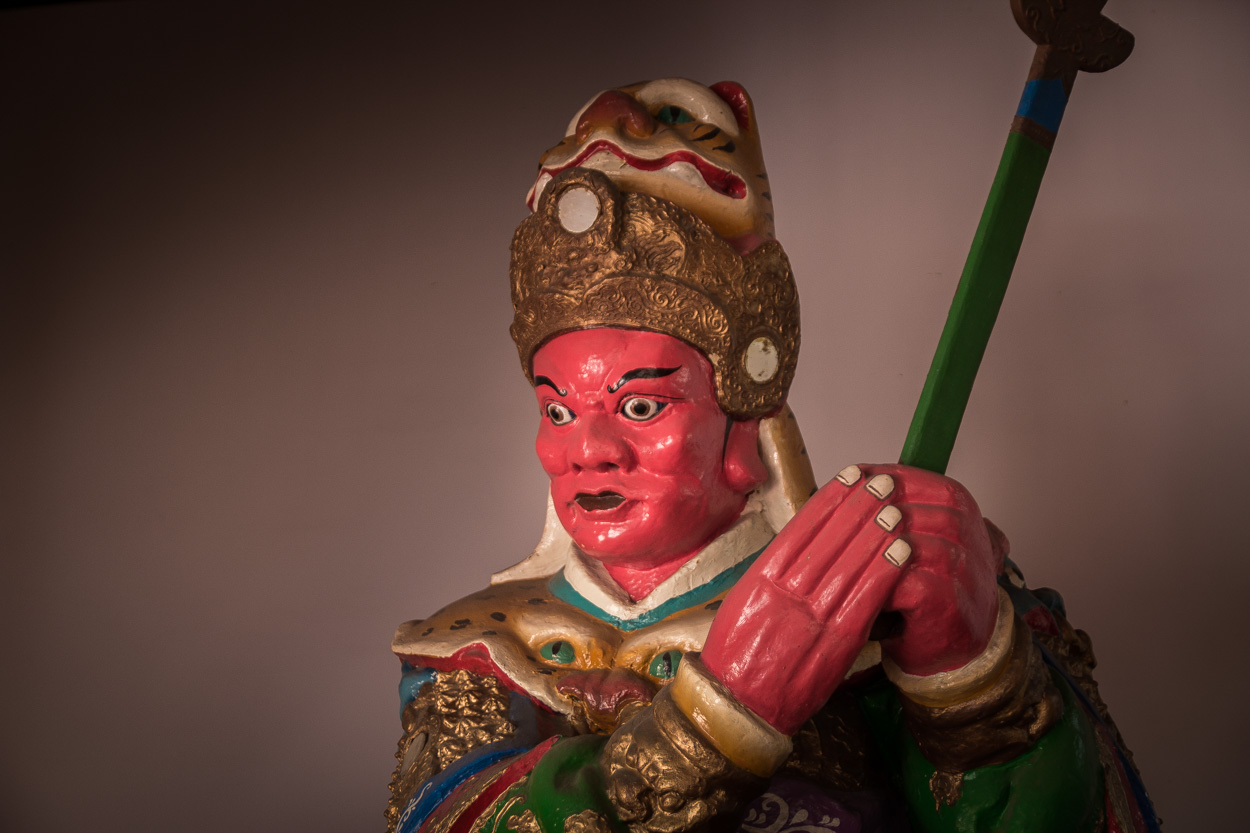


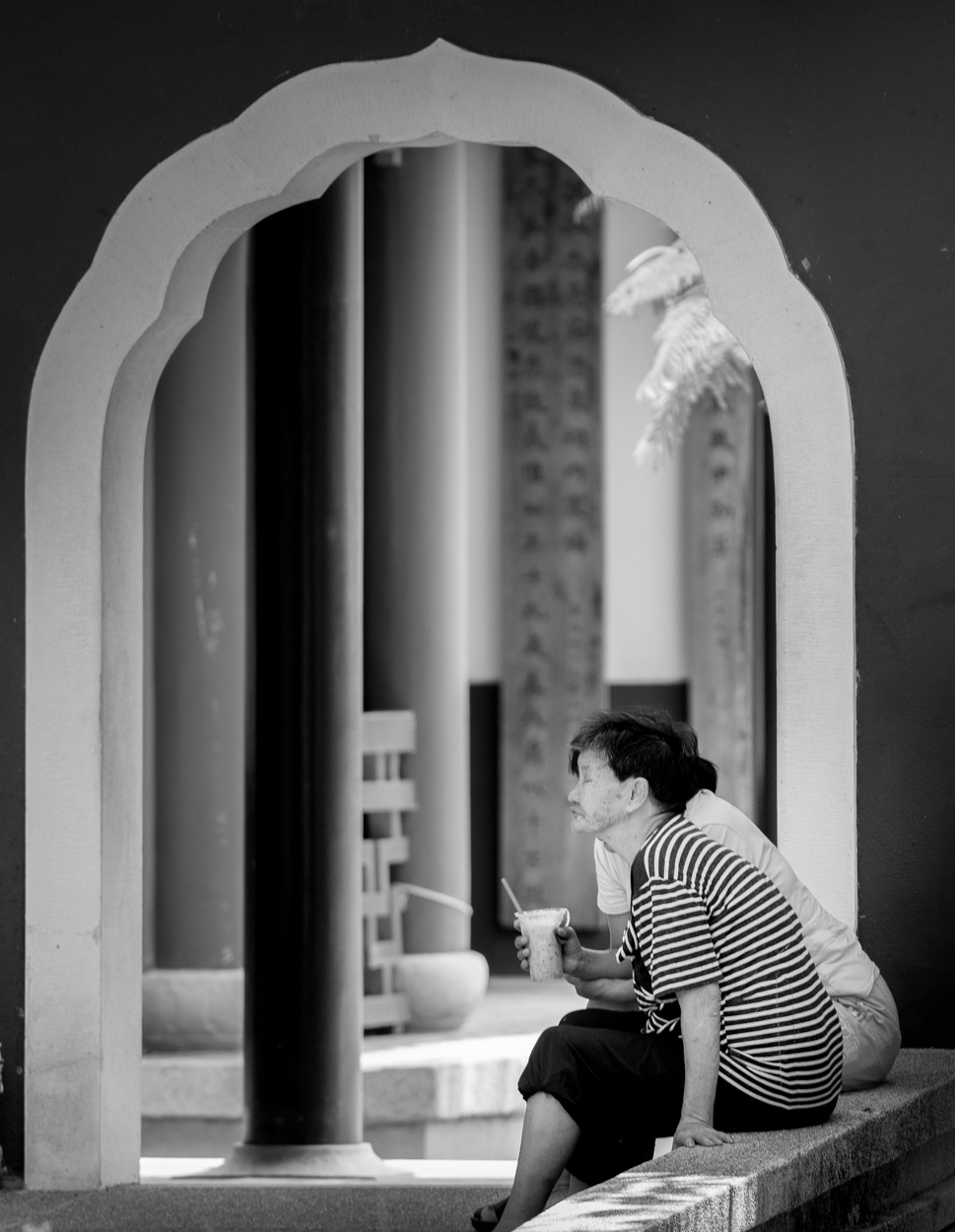
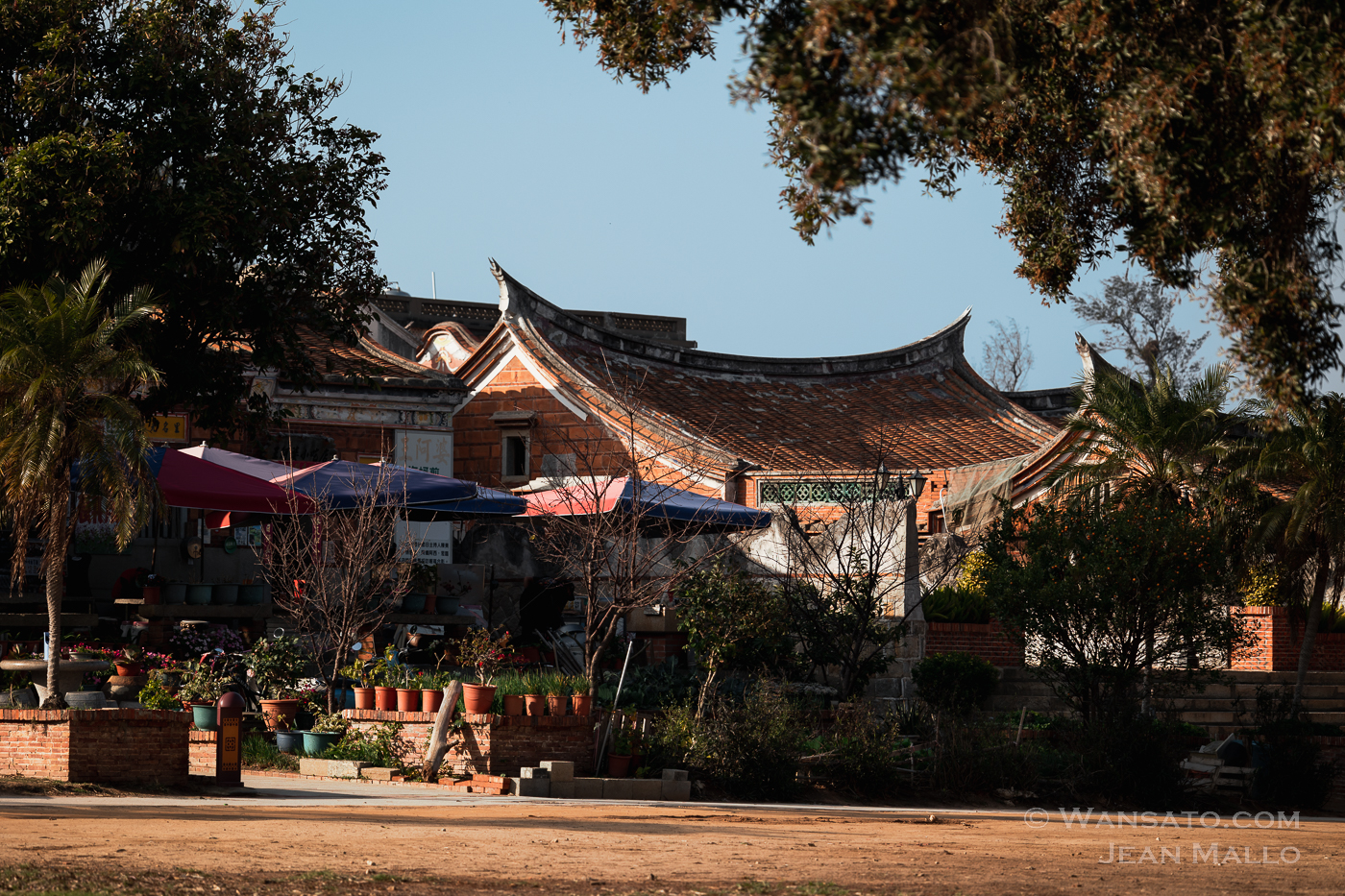

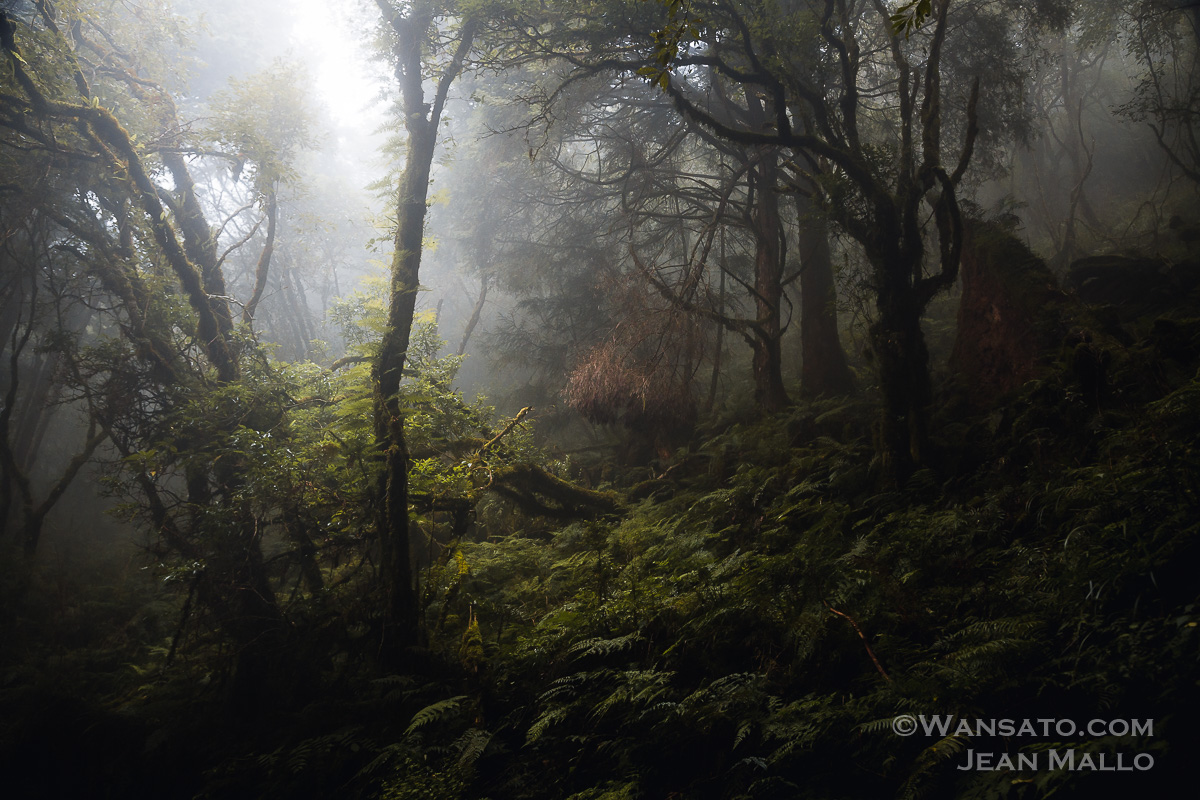

This Post Has 0 Comments